Hospitals, SaaS providers, fintech platforms, and retail services now depend on uninterrupted applications. But when performance dips—no matter how slight—delayed insight means delays in response. That’s why real-time metrics monitoring with AI‑OL‑APE is becoming essential. This capability turns dashboards into proactive decision engines, giving teams live insights, predictive alerts, and intelligent automation that helps prevent downtime before users are ever impacted.
Why Real-Time Metrics Matter More Today
In traditional monitoring, metrics update in fixed intervals. A slowdown or anomaly might emerge minutes—or even hours—after it begins. This latency in detection affects user experience, increases mean time to detect (MTTD), and hurts service reliability. With real-time metrics monitoring with AI‑OL‑APE, insights arrive instantly. Metrics—such as response time, CPU saturation, error rates, or memory usage—stream continuously and are analyzed instantly. Anomalies are flagged in milliseconds, allowing teams to act before users even notice.
From Data to Decisions: The Power of AI Dashboards
AI-powered performance dashboards powered by AI‑OL‑APE aren’t just visual—they’re intelligent. As telemetry flows in, OL‑APE applies anomaly detection, behavioral baselining, and multivariate analysis to identify trends and predict risk.
Those results appear on dynamic dashboards:
- Time-series overlays with live anomaly tagging
- Predictive trend charts that forecast resource strain
- Alert severity based on actual clinical or business impact
No more sifting through alerts—just actionable insights served in context.
Harnessing AIOps for Intelligent Monitoring
Intelligent monitoring with AIOps is a core strength of OL‑APE. Instead of reacting to thresholds, the system learns normal behavior across services, containers, cloud tiers, and network layers. When abnormalities diverge from the learned baseline, the system diagnoses root causes—like a memory leak, misconfigured API, or thread pile-up—before incidents escalate.
This level of observability transforms dashboards from report panels into strategic command centers for IT operations and engineering leadership.
Enabling Full-Stack Visibility Through Live Metrics
A reliable dashboard is only as good as the data it shows. OL‑APE integrates across the full stack—application, infrastructure, network, container orchestrator, and even external service APIs—to build a unified performance view.
In real time, it correlates CPU spikes with API latency, memory leaks with error rate increases, and cache miss ratios with user experience degradation. By turning raw telemetry into contextual signals, it gives teams clarity on what’s happening—and why.
This full-stack metrics observability drives informed decisions at both tactical and strategic levels.
Faster Decisions That Prevent Outages
When dashboards are real-time, AI-powered, and cross-stack—and when alerts come with root-cause context—it drastically speeds up response. Mean time to detect and resolve declines. Incident response becomes proactive rather than reactive.
Teams can automate resolves, scale workloads, reroute traffic, or trigger containment playbooks. Meanwhile, leadership sees the performance impact in real time—not retrospectively. Then dashboards become decision dashboards—not just report panels.
Customer Outcomes: What Organizations Actually Gain
Companies adopting real-time dashboards powered by AI‑OL‑APE report:
- Faster detection and reduced downtime
- Fewer false alerts, reducing alert fatigue
- Improved resource optimization and cost efficiency
- Smarter capacity planning based on predictive trends
- Stronger data-driven alignment between IT and business goals
These are not just metrics—they translate into uptime, higher satisfaction, reduced costs, and trust.
Real Example: Digital Retail During Peak Traffic
During seasonal demand surges, retail platforms that rely on legacy dashboards often experience checkout slowdowns or partial outages. With AI‑OL‑APE:
- Real customer transactions stream into real-time dashboards
- AI detects scaling risk early—before latency spikes
- Dashboards reflect predictive CPU/memory saturation alerts
- Backend remedial actions can automatically scale containers or balance load
By the time a spike would have impacted users, systems adapt—and dashboards display stabilizing metrics live.
What Comes Next: From Monitoring to Predictive Performance Engineering
Smarter dashboards are just the beginning. With real-time metrics monitoring with AI‑OL‑APE, enterprises are moving toward predictive performance engineering.
Imagine dashboards that:
- Project future capacity needs
- Suggest pre-scaling or code rollbacks based on anomaly patterns
- Learn feedback from incident outcomes to refine baselines
- Tie technical issues to SLA or revenue impact metrics
That’s the next evolution—where metrics monitoring becomes business strategy.
Final Thoughts: The Competitive Edge of AI Dashboards
If your team is still relying on stale charts and manual thresholds, you’re missing the market opportunity that real-time, AI-powered monitoring brings.
Real-time metrics monitoring with AI‑OL‑APE elevates dashboards from static to intelligent, from reporting to proactive control. It accelerates decisions, prevents disruptions, and aligns teams around real-time performance truth.
In a world where seconds matter, smarter dashboards deliver results—and OL‑APE is the platform that makes it happen.
Interested in seeing AI‑powered dashboards in action?
Request a personalized demo of OL‑APE for real-time metrics insights


